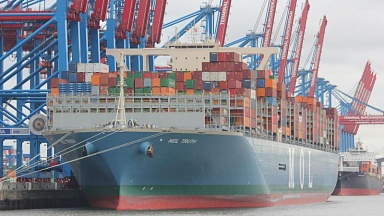In this episode of The McKinsey Podcast, Diane Brady speaks with partners Alex Dichter and Robin Riedel about the outlook for airlines and other industry players. An edited version of their conversation follows.
Most of the world’s travel went to almost nothing in April and May [2020]. At one point, we were running at about minus 95 percent, if we compared traffic in 2020 to 2019 during the same period. Obviously, some parts of the world have gone back to some degree of normalcy. If we were to look at air travel in mainland China, for instance, where the virus has been well contained, domestic travel is near normal. New Zealand and Australia, at least internally, have gone back to something that starts to look and feel like normal, and the US has some domestic traffic.
To put it into numbers, and just for last year, 2020, the estimated impact on airlines is about a $370 billion revenue loss versus 2019.
The more optimistic scenario might have us back to normal, or at least back to 2019 volumes, by the end of 2022. The one caveat I would make is that in this industry, you can’t have more passengers than you have seats. This is an industry where we make relatively important decisions about capacity with long lead times. You can’t snap your fingers and bring back planes that you’ve parked in the desert. To recall furloughed pilots, it takes time. Even if demand comes back sooner, it may be that we don’t see the volumes come back until well into 2023, simply because the industry isn’t yet prepared to accept those passengers.
There are probably four or five different themes here that are becoming important into 2021 beyond COVID-19. We need to get more serious and find better ways to abate some of the carbon we’re producing.
A second theme will be what we call the future of air mobility: the Electric Vertical Takeoff and Landing [eVTOL] space or advanced-air-mobility space.
Another theme we haven’t talked about is cargo transportation by drone. We’re seeing a broad number of trials around the world where vaccinations or blood transfusions, or even medication and e-commerce packages, are transported by drones over the short range or over the long range for the last mile.
In the more traditional airlines, customer experience is going to be one to watch. As we come through COVID-19, smart airlines will take this as an opportunity to make things not just safer but also better. Whether that is self-service at the airport, some of the digital offerings they have, or onboard product, we’re seeing a number of changes coming that will make travel better in the future.
The full version of the article is available here.




